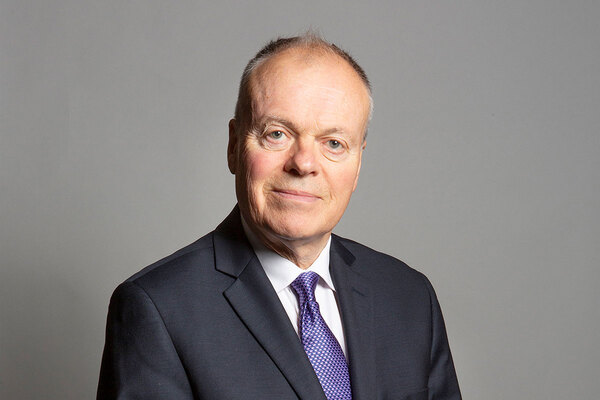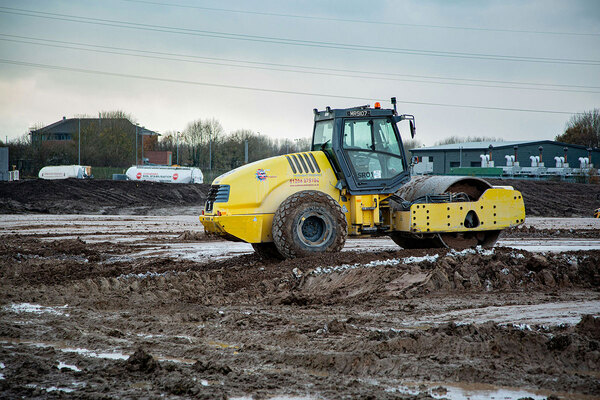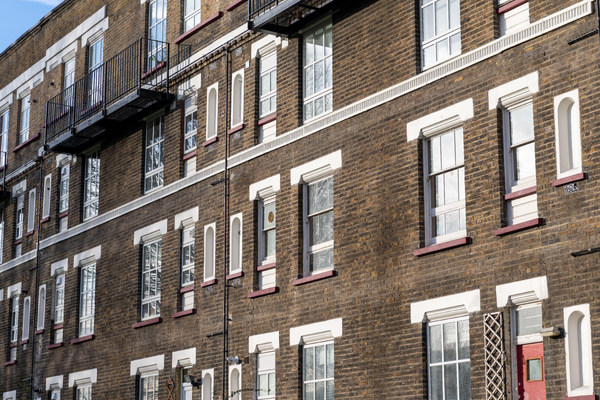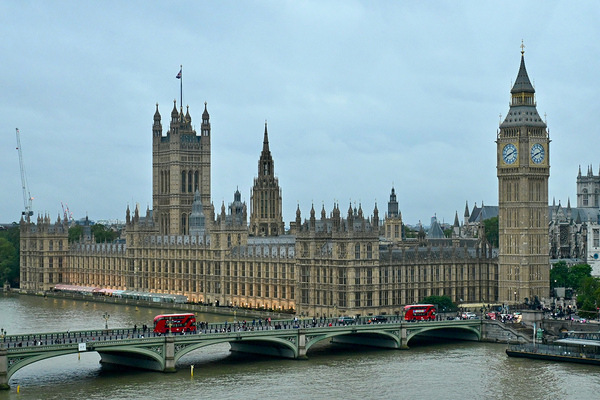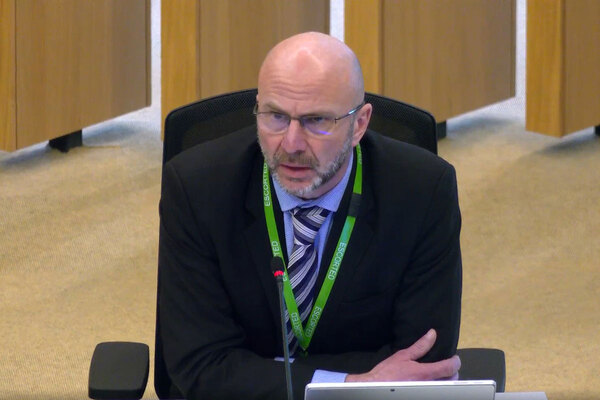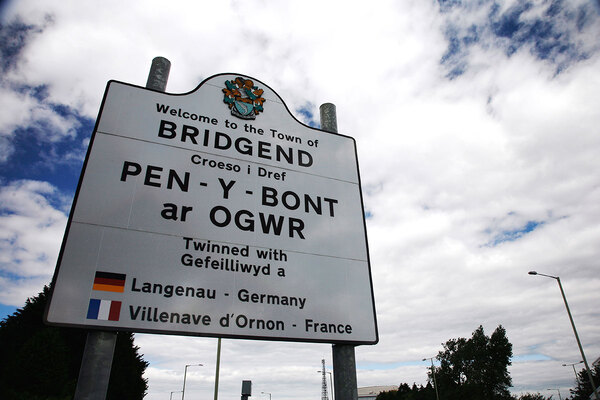You are viewing 1 of your 1 free articles
Can we in good faith call shared ownership ‘affordable’?
Jules Birch analyses the criticisms plaguing the shared ownership product
Is shared ownership at a crossroads or a dead end?
The fact that the question has to be posed at all is an indication of the issues now facing the part-buy, part-rent product that has been a mainstay of the affordable homeownership market, Section 106 planning contributions and housing association development programmes over the past three decades.
But after a month in which a critical report was published by an all-party committee of MPs and during which there was relentlessly negative media coverage based on the personal experiences of shared owners, it is also a question that needs answers urgently.
A front-page story in The Observer featured shared owners who have fallen victim to soaring service charges and increases of more than 40% in a year. With grim irony, they had bought homes at Elephant Park in south London, site of the controversial demolition of the Heygate estate that was meant to be a showpiece for market-led regeneration.
BBC London has reported on cases that include a shared owner in King’s Cross in north London whose annual service charge for 2024 rose 274%, from £4,200 to £16,000.
There may be many shared owners out there who are happy with their homes, but these are far from the first horror stories. Sadly, they will not be the last about a tenure that is meant to offer buyers an affordable way to staircase their way up the housing ladder.
The all-party Levelling Up, Housing and Communities (LUHC) Committee published a report just before Easter highlighting above-inflation rent increases, uncapped service charges, repairs and maintenance liabilities and complex leases that, it said, made shared ownership “an unbearable reality” for people looking to become full owners.
Similar concerns have been raised for as long as I can remember, without ever really being answered. The tilted scales that mean part-ownership still leaves you liable for the full cost of repairs and maintenance may rebalance if you staircase to 100% ownership, but the LUHC Committee heard evidence that only 3% of shared owners a year succeed in doing that.
“[The new lease for shared ownership homes] creates the risk of a two-tier market for previous shared owners still on the old lease”
The government has responded by introducing a new lease for shared ownership homes delivered under the 2021-2026 Affordable Homes Programme (AHP). This includes a minimum lease term of 990 years and requires landlords to meet repair and maintenance costs of up to £500 for the first 10 years.
That’s welcome but, as the MPs point out, it also creates the risk of a two-tier market for previous shared owners (ie the vast majority) still on the old lease with full liability for repair costs and a minimum 99-year lease that will have to be expensively extended within a few years.
These will also be less energy-efficient homes that need to be decarbonised, increasing costs again and re-emphasising the point that only some things about shared ownership are shared. Those specific concerns have been turbocharged by general scandals over leasehold, building safety and new-build quality.
In these, of course, shared owners suffer the same problems as 100% owners, fall through the same gaps in the Building Safety Act and are frustrated by the same timidity in the Leasehold and Freehold Reform Bill.
As Peter Apps reported in February, even without fire safety issues, leaks and disrepair can add up to a nightmare for shared owners on glossy new developments like Nine Elms, thanks to complex management arrangements in which somebody else always seems to be responsible for fixing them.
All this adds up to some more fundamental questions that need answers. If shared ownership becomes “financially unsustainable” over time, and if service charges can add up to more than the rent, to what extent can it still be called ‘affordable’ enough to get AHP funding?
Should housing associations be buying ‘affordable’ Section 106 homes on a head lease that only gives them limited influence over what their tenants get charged?
Some have already pulled out because of this complexity. Fiona Fletcher-Smith, chair of the G15, warned last month that cost pressures on associations could force more to stop buying Section 106 homes.
“Should housing associations be buying ‘affordable’ Section 106 homes on a head lease that only gives them limited influence over what their tenants get charged?”
Even if for-profit companies make up some of the gap, that would hit developers for whom the provision of affordable housing is a condition of planning permission.
But should developers even be allowed to discharge their affordable housing requirements with homes that are not really affordable?
Matthew Bailes sets out the case for shared ownership being at a crossroads well. He says it should be reformed and expanded on the basis that paring it back would have undesirable knock-on effects.
And that is essentially what the LUHC Committee is arguing, too. It recommends that the government explore “how it can ensure shared owners are only ever liable for repairs and maintenance costs proportionate to the size of share they own”.
It also calls for the option to buy back shares from trapped shared owners who are unable to sell because of building safety issues, with extra grant from the government to cover additional costs for providers.
The End Our Cladding Scandal campaign group has welcomed the report, but says much more must be done in the context of the building safety scandal. “We are contacted regularly by shared owners facing incredibly difficult circumstances, including some about to lose their homes. We hope that the committee’s report will be a wake-up call and force the government, local government and housing providers to act,” it says.
From a producer perspective, house builders, private equity-backed for-profit housing associations and asset management companies all see shared ownership as a good thing, which is hardly surprising when it offers an index-linked return on their investments.
Shared ownership may still offer a more secure alternative to the rental market and it may help people on to the housing ladder. Many of its problems may be down to issues with leasehold, building safety and new-build quality that obscure its benefits.
But the way back from a dead end has to start with improvements and reforms based on the consumer perspective if shared ownership is to offer an affordable route to homeownership.
Jules Birch, columnist, Inside Housing
Sign up for the IH long read bulletin
Already have an account? Click here to manage your newsletters



